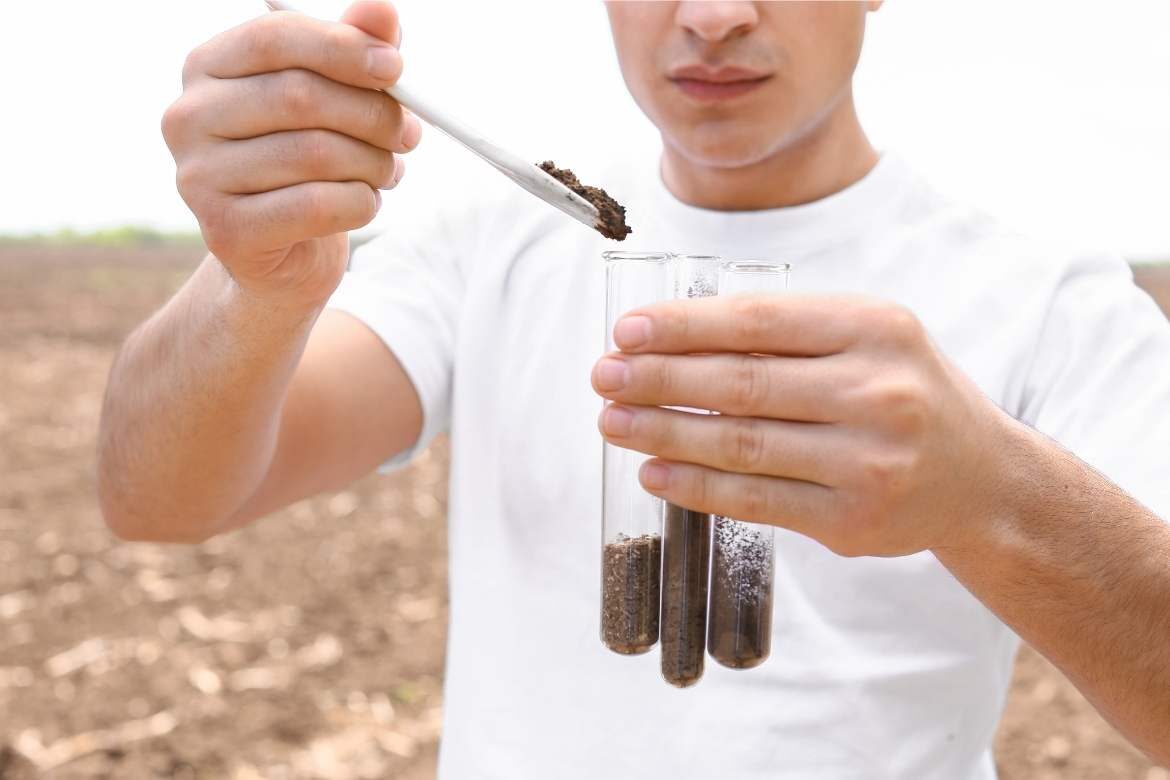New research from Teagasc Johnstown Castle shows that nitrogen fertilisation is a major driver of fungal community change while the urease inhibitors found in protected urea have no significant effect on the fungal and bacterial communities. “We also found that the type of fertiliser (CAN or urea) resulted in differential effects on fungal communities, while bacterial communities were unaffected by either,” said Teagasc Soil Microbiologist Aoife Duff.
Previous Teagasc research has shown that protected urea fertiliser reduced nitrous oxide emission and ammonia volatilisation factors by 71% and 78.5% respectively but grass yields were unaffected.
Nitrous oxide is a potent greenhouse gas with a global warming potential much greater than carbon dioxide, which is also damaging to the ozone layer. In Ireland, the agriculture sector accounts for 92.2% of nitrous oxide and virtually all ammonia emissions. These can lead to eutrophication and acid depositions, with negative impacts on biodiversity and ecosystem health. In Ireland, protected urea fertiliser is being used to mitigate these.
Teagasc Soil Microbiology Researcher Fiona Brennan said: “Our advice from a soil biological health perspective would always be, first and foremost, to maximise on-farm sources of nutrients being returned to soil. For nitrogen, this can be achieved through optimisation of nitrogen fixation via the inclusion of legumes in swards, or cropping systems, and the efficient use of organic manures. Maintaining soil pH and a balanced fertility will also increase nitrogen use efficiency. Where inorganic nitrogen fertilisers are being applied to meet plant growth requirements, protected urea represents a good option for reducing nitrogen losses from the system, which result in a financial loss to the farmer and are potentially damaging to the environment.”

